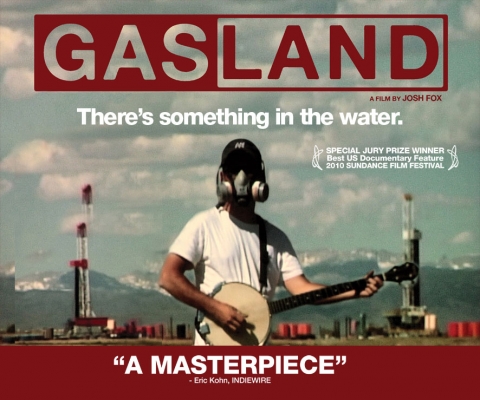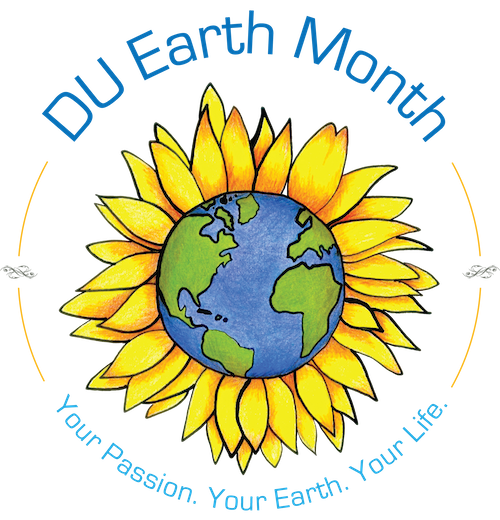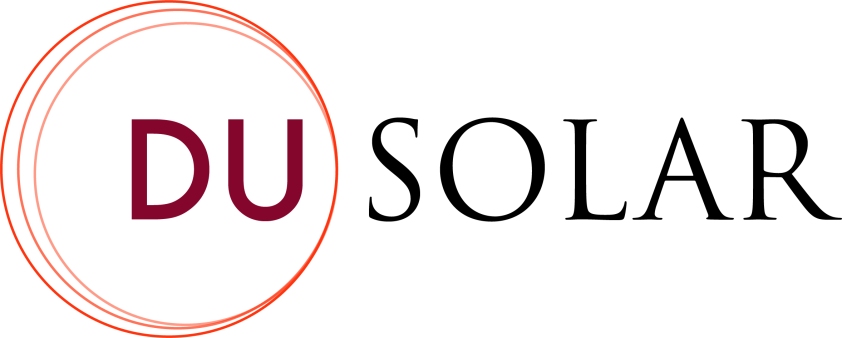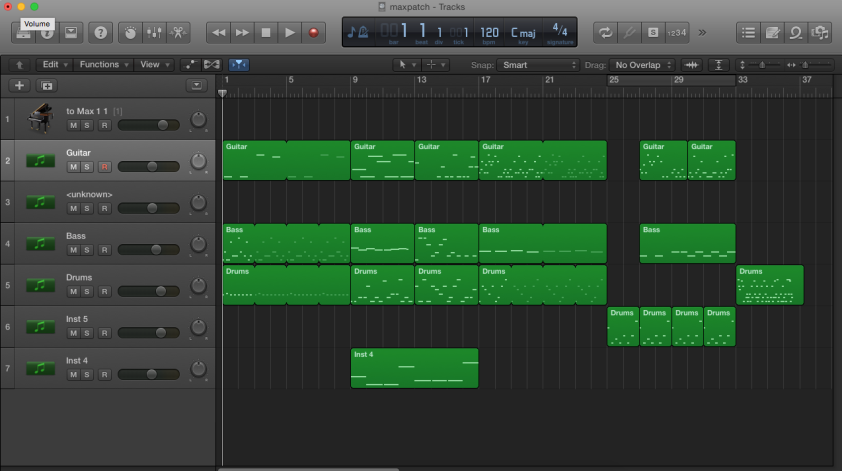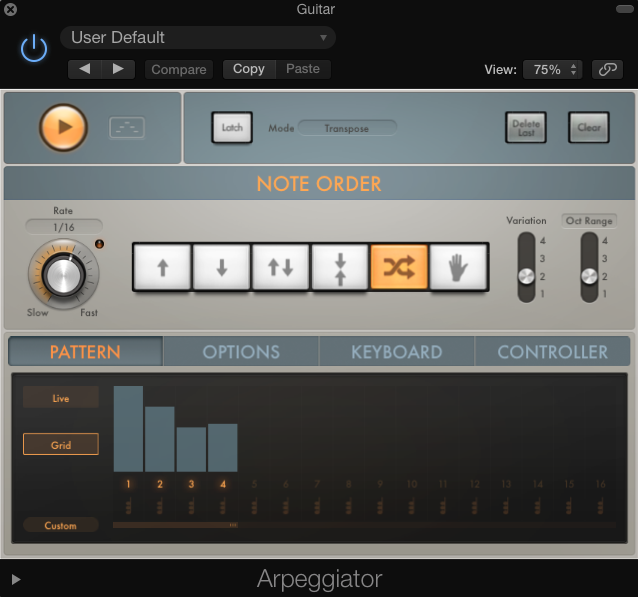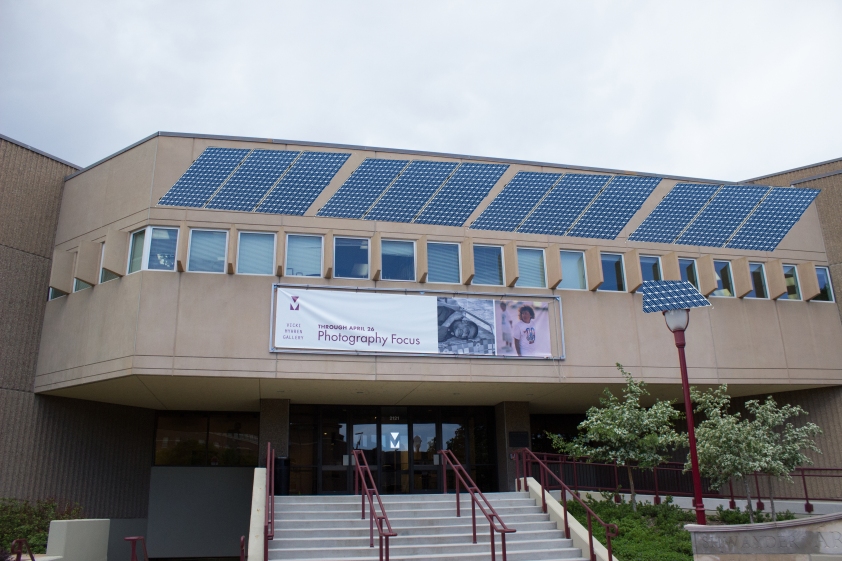This film was incredibly powerful. The way they exposed not only the vicious practices, but also the ways in which proponents of dolphin fishing lied about it or rationalized it. The most powerful moment for me was when the documentarian was showing these people the footage right after they had denied using the methods shown in the video. Having a camera on him and seeing his reaction was priceless, and that human element really sealed the deal for me. The decision to film in cinema-quality fidelity was incredibly ambitious and the fact that they pulled it off made it that much more amazing. This was truly one of the most effective documentaries I’ve seen. It fully fleshed out the problem, identified the players involved and actually made an impact on their lives instead of just the viewers.
Another fine documentary because of its ability to include both cinema-quality imagery and the all important emotional human element. This started as a story of one man’s problems with fracking in his home state, but quickly grew to being the vehicle for many other peoples’ stories who may have had it way worse. The characters he met along the way really enriched my interest in this problem. I was aware of fracking and some of it’s negative effects before this, but viewing the documentary really made me care about the people who it affects. The juxtaposition of stunning visual imagery with homemade, handheld live footage really gave this film an enhanced sense of credibility. It gave you the sense that the guy filming could have literally been any of us sitting in the room watching, and that was inspiring. The medium is the message in this case. It provoked thoughts about activism in general, not just anti-fracking activism.
The DU Earth Month Farmer’s Market is a great local sustainability initiative that has been going on for the past three years. They were very successful with their event on May 21 at Driscoll Green. I attended and saw that they were working with several sustainable local businesses that endorsed policies of organic, locally-sourced foods. There was also an open market feeling that just spoke to the social justice and equity side of sustainability. I think initiatives like this that center around college campuses are extremely important because that age group of people is the next group of major influencers in our community at large. Also being at an institution of higher education affords this group skills, connections and prestige which then gives them more influence than people who do not have that opportunity. This is why this group is crucial to gaining support for sustainability in general.
DU Solar is a student-run initiative to engineer cultural change on DU’s campus towards a more progressive, sustainable mindset by bringing solar panels to campus. Solar energy is a clearly identifiable sustainable practice. By having such a highly visible example of sustainability, the hope is that students may recognize their community’s involvement and become more involved themselves, or at least see a shift in thinking towards a more progressive, sustainable mindset. I facilitated a cross-pollination of ideas between DU Solar and GreenEDP by having DU Solar president Kyle Sundman meet with Tim Weaver’s Spring 2015 Sustainable Design class, which kickstarted an evaluation of Shwayder Art Building for solar retrofitting.

